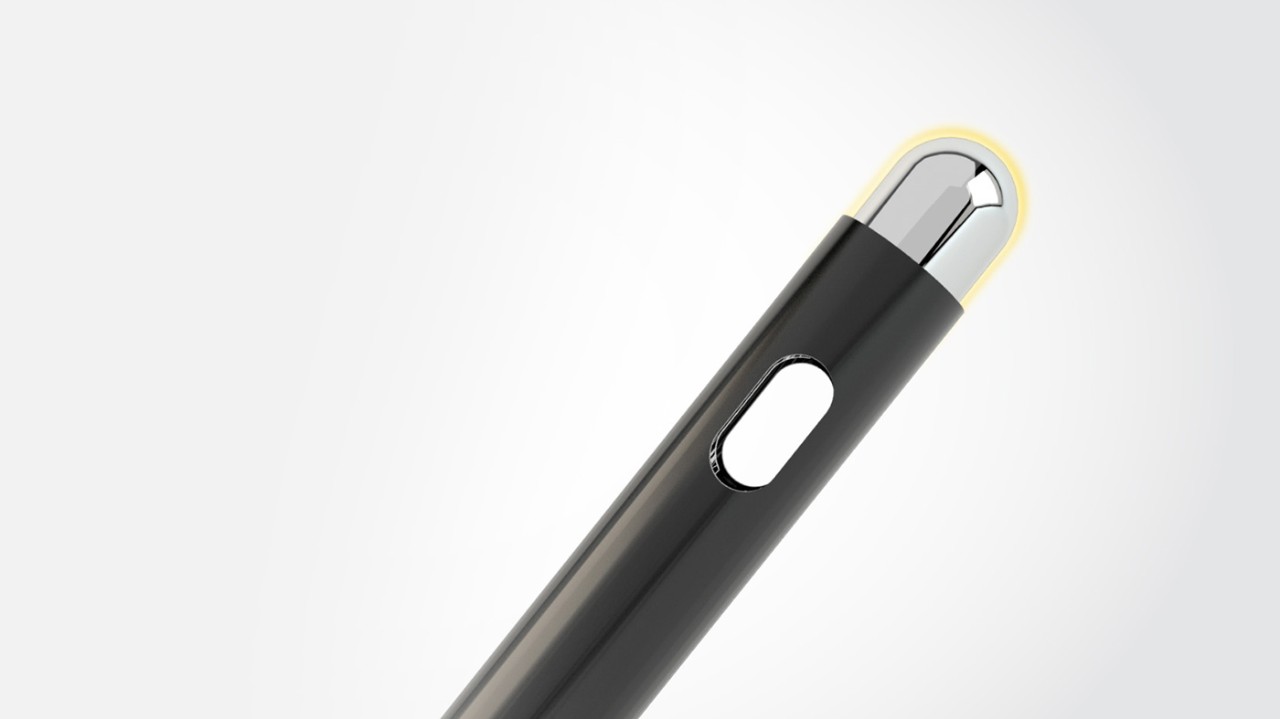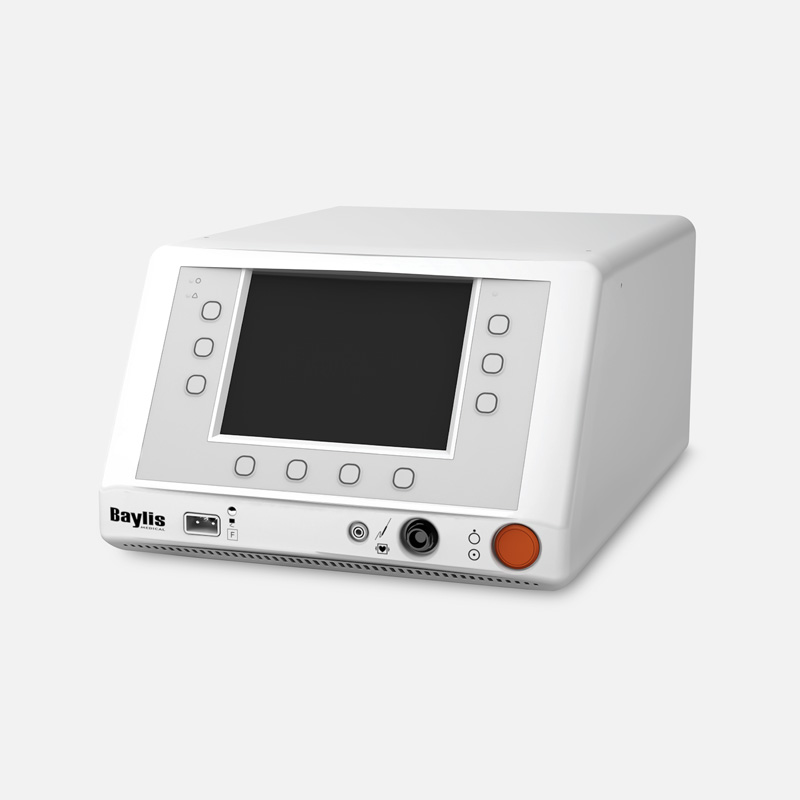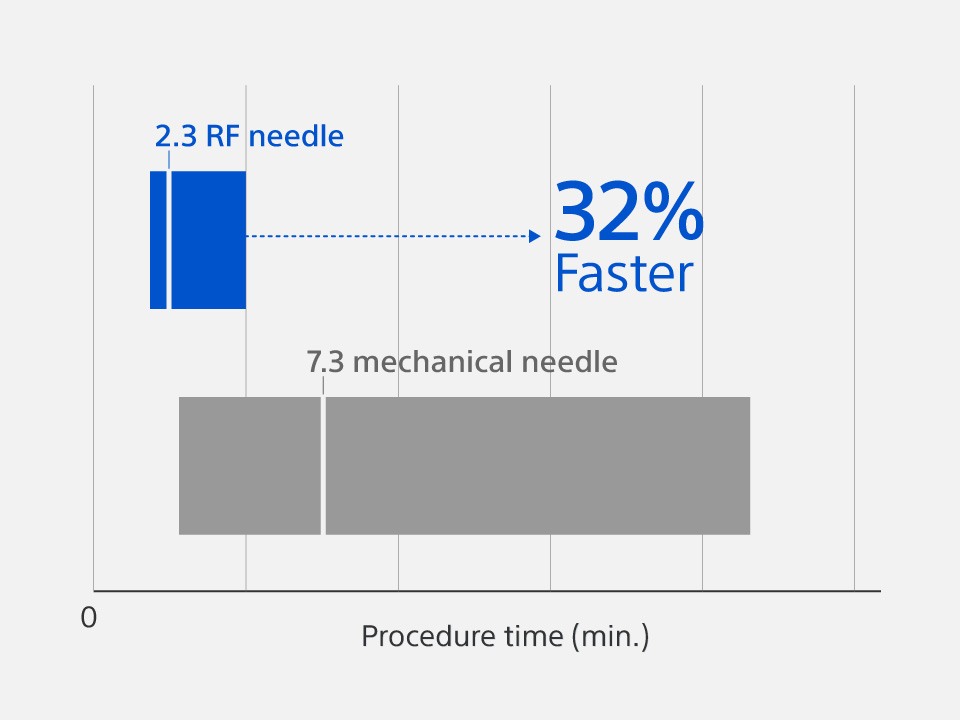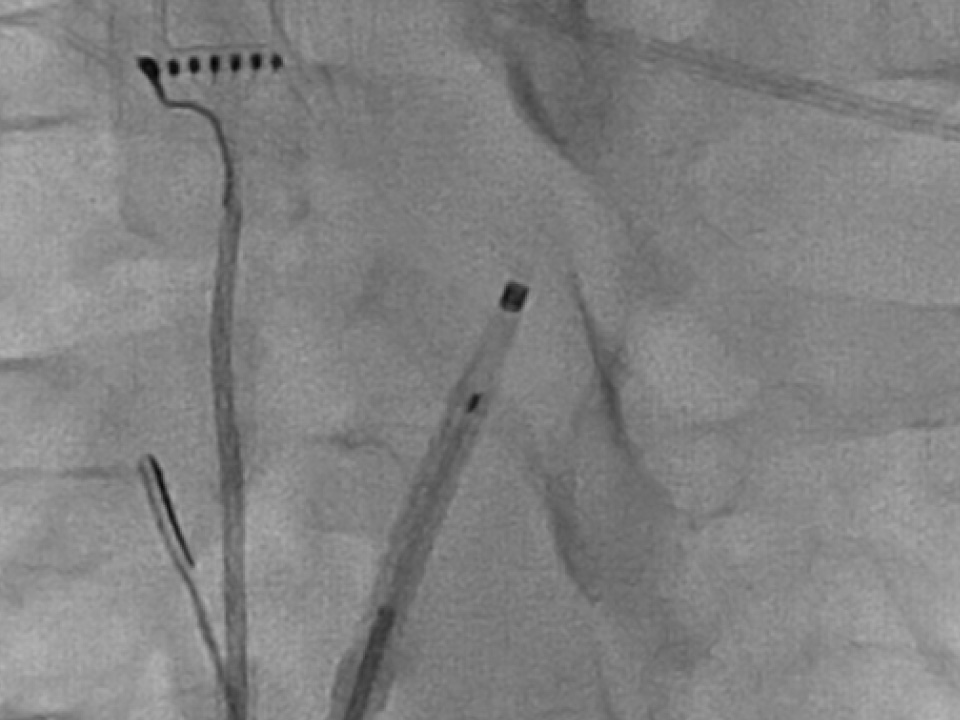Boston Scientific accounts are for healthcare professionals only.




NRG™ Transseptal Needle
Configure or select a product to continue to order
- Overview
- Clinical data
- Technical specifications
- Ordering information
- Training
- Resources
Be precise. Save time.™
Improve crossing success rates1-3 and reduce procedure time3,4 with the radiofrequency (RF) NRG Transseptal Needle

How it works
Clinical footage comparing the NRG Transseptal Needle to a mechanical transseptal needle
Results from case studies are not necessarily predictive of results in other cases. Results in other cases may vary.
Why choose the NRG Transseptal Needle
Clinical advantages*
Using RF energy for your transseptal puncture (TSP) saves time,3,4 reduces the rate of serious complications,1-6 and increases success rates as compared to mechanical alternatives
Required product

Designed for controlled tissue puncture using radiofrequency energy
* All clinical claims in this section are supported by published literature; some claims are supported by study designs other than randomized controlled trials.
† In vitro study simulating transseptal catheterizations. Any particles generated from advancement of the transseptal needles through the sheath and dilator were collected and analyzed.
‡ Baylis Medical Company Radiofrequency Puncture Generator RFP-100A. Baylis Medical Company is a wholly owned subsidiary of Boston Scientific Corporation.
§ Proximal gauge 19 ga, distal gauge 22 ga
References:
- Jauvert, G., et al. (2015). Comparison of a radiofrequency powered flexible needle with a classic rigid brockenbrough needle for transseptal punctures in terms of safety and efficacy. Heart Lung Circ. Doi: 10.1016/j.hlc.2014.07.073
- Hsu, J. C., et al. (2013). Randomized trial of conventional transseptal needle versus radiofrequency energy needle puncture for left atrial access (the TRAVERSE-LA Study). J Am Heart Assoc. doi: 10.1161/JAHA.113.000428
- Fromentin, S., et al. (2011). Prospective comparison between conventional transseptal puncture and transseptal needle puncture with radiofrequency energy. J Interv Card Electrophysiol. Doi: 10.1007/s10840-011-9564-2
- Winkle, R. A., et al. (2011). The use of a radiofrequency needle improves the safety and efficacy of transseptal puncture for atrial fibrillation ablation. Heart Rhythm. Doi: 10.1016/j.hrthm.2011.04.032
- Yoshida, S., et al. (2016). Feasibility and safety of transseptal puncture procedures for radiofrequency catheter ablation in small children weighing below 30 kg: Single-centre experience. Europace. Doi: 10.1093/europace/euv383
- Feld, G. K., et al. (2011). Particle formation and risk of embolization during transseptal catheterization: Comparison of standard transseptal needles and a new radiofrequency transseptal needle. J Interv Card Electrophysiol. doi: 10.1007/s10840-010-9531-3
- Smelley, M. P., et al. (2010). Initial experience using a radiofrequency powered transseptal needle. J Cardiovasc Electrophysiol. doi: 10.1111/j.1540-8167.2009.01656.x












